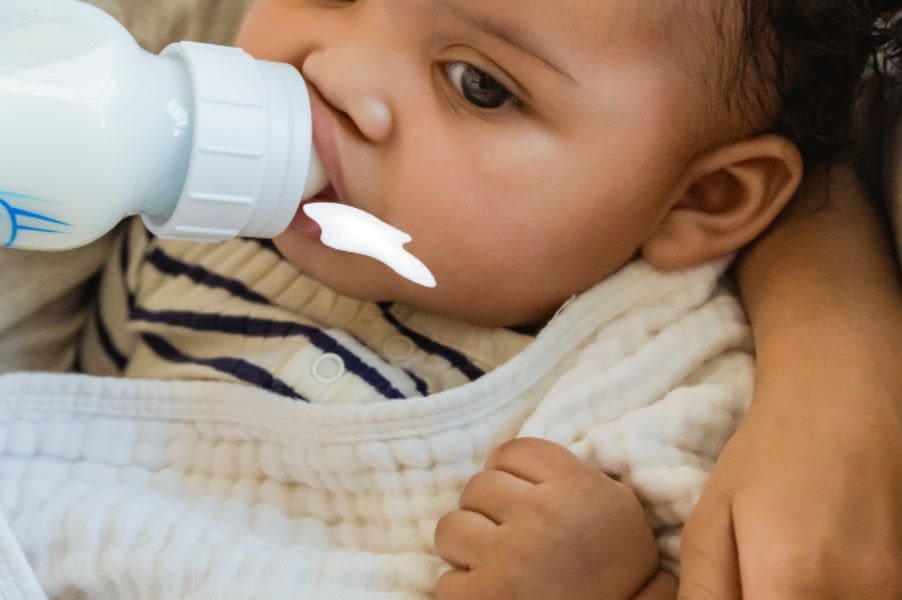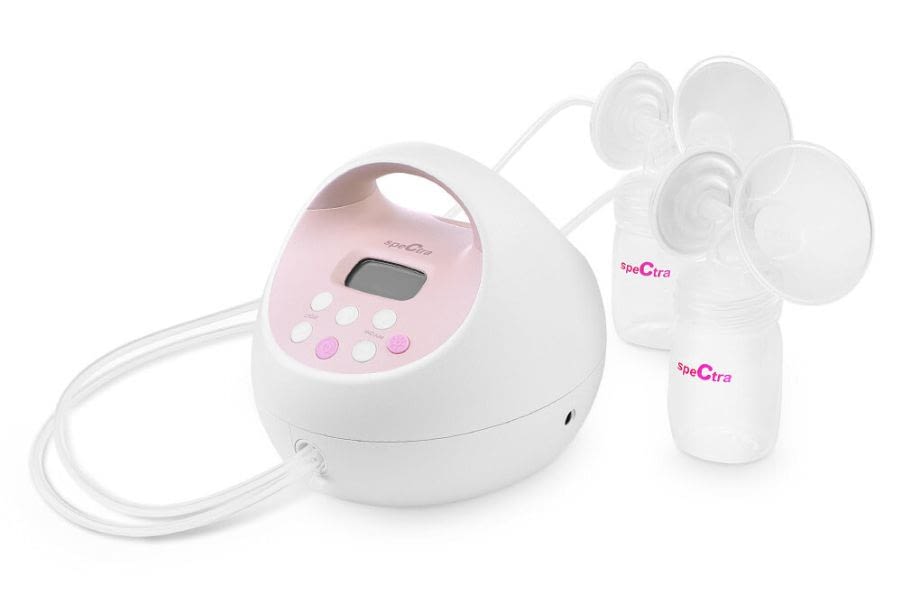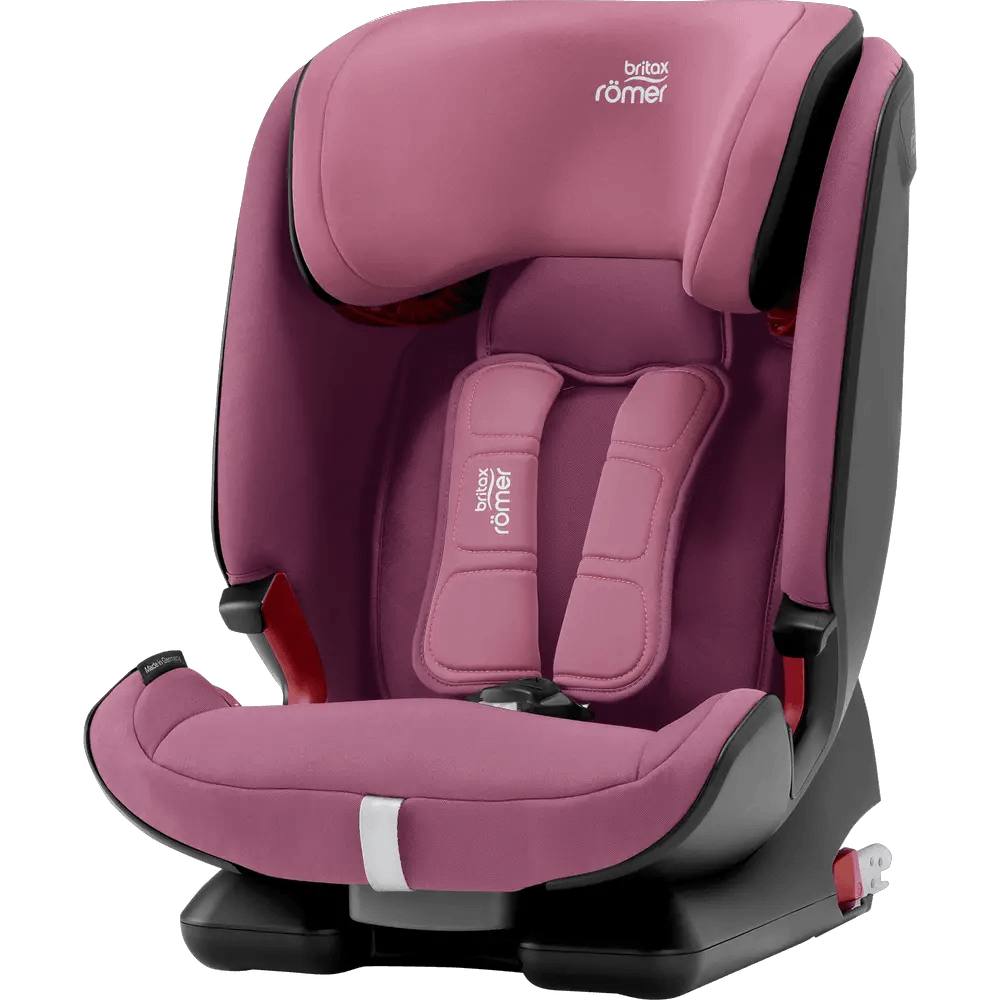Leaking issues in Dr. Brown’s bottles are often top of mind for many parents. A common question arises: “Why are my Dr Browns bottles leaking?” The reasons can range from incorrect assembly, damaged parts due to wear and tear, or even the effects of rapid temperature changes. It’s essential to identify the root causes and recognize signs that indicate the need for replacements.
Knowing how often to replace Dr. Brown bottles or their components can prevent leaks and maintain bottle integrity. The silicone nipples, for instance, should be replaced every 1-3 months, while the vent system might require replacement less frequently, depending on usage.
Regular inspection for damage or misshaping is critical to timely replacement and uninterrupted feeding. This post is a deep dive into understanding why leaks happen and how to fix and prevent dr browns bottle leaking issues.
Before I delve into the troubleshooting world, remember that finding a solution to bottle leaks is crucial. It ensures your baby feeds comfortably and that every precious drop of nutrition you’ve prepared isn’t wasted.
Plus, I know that a leaking bottle can be an unnecessary source of stress for parents, particularly for the young moms and dads out there who are often managing a multitude of tasks.
Common Causes: Why do dr browns bottles leak?
While Dr. Brown’s bottles offer an advanced vent system that reduces feeding problems, there’s no denying that leakage can occur in various bottle parts. Some parents report Dr. Brown’s bottles leaking from the bottom, often due to a loose or improperly screwed-on bottom cap. It’s essential to ensure the cap is secure before each use, as a snug fit is necessary to maintain the bottle’s integrity during feedings.
Another common issue is Dr. Brown’s bottles leaking at the collar. If milk is escaping from between the bottle and the nipple collar, it’s usually a sign that the collar has been over-tightened, causing the nipple to compress and lose its shape, or that the bottle hasn’t been assembled correctly. Remember not to twist the collar on too tightly; just a gentle turn until firmly in place will do.
Some parents may observe Dr. Brown’s bottles leaking when feeding or with milk coming out from the top without the vent. This can occur if the vent system is removed, which is not recommended for younger infants or babies with specific feeding issues. The bottles are designed to function with the vent system, and without it, negative pressure can build, leading to potential leaks and a less optimal feeding experience for the baby.
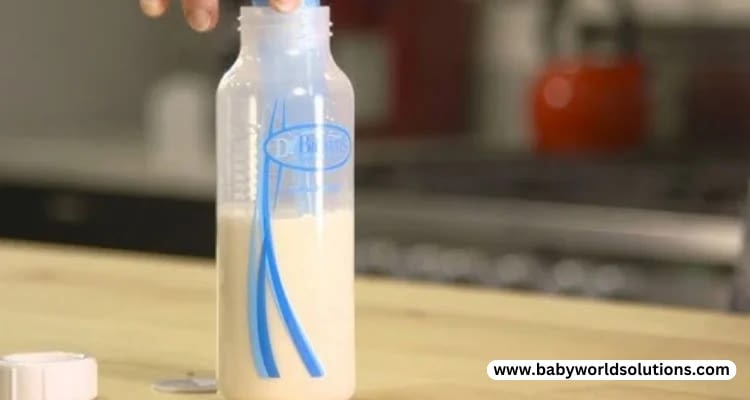
If you find Dr. Brown’s bottles not flowing, check to see if the vent system is blocked or if the nipple is clogged. A blockage can prevent proper airflow and liquid movement, making feeding difficult for your baby. Cleaning the vent system and ensuring the nipple is clear of any obstruction can solve this issue.
Incorporate these careful checks and routines to help maintain the bottle’s integrity and make feeding time a carefree and enjoyable moment for you and your baby.
3 Main causes of dr browns bottles leaking
Incorrect Assembly: It’s no secret that Dr. Brown’s bottles have several components designed to make feeding a better experience for your baby. However, this complex structure can sometimes lead to assembly errors. If the vent system isn’t properly fitted, the bottle might leak from the collar or bottom.
Damaged or Worn-Out Parts: Even the sturdiest of bottles are not invincible. With regular use, the bottle’s various parts can wear down over time. The silicone nipple can develop cracks, and the vent system can lose shape, resulting in leaks during feeding or when the bottle is warmed.
Temperature Changes: Did you know that heating the bottle can also cause it to leak? Dr. Brown’s bottles leaking when warming is often due to rapid temperature changes that create pressure inside the bottle.
Troubleshooting Steps: How to stop Dr brown bottles from leaking?
Dr. Brown’s bottles have become a staple in many households for their innovative design that aims to reduce colic, spit-up, burping, and gas in infants by minimizing air bubbles in baby formula.
For all the benefits they offer, some parents encounter an all-too-common hitch – their Dr. Brown’s bottles begin to leak. It’s puzzling and frustrating, especially amid the already demanding parenting role. To stop Dr. Brown bottles from leaking, follow these steps:
Check Assembly
Often, the culprit behind Dr. Brown bottles leaking is incorrect assembly. Ensure that all the parts – the vent insert, the collar, and the nipple – are correctly and snugly fitted. Each component has its proper place and direction in the assembly process.
Inspect and Replace Parts
Perform regular checks on your Dr. Brown’s bottles, especially on silicone nipples and the vent system. Any signs of damage or distortion warrant a replacement to prevent future leaks.
Adjust Feeding Techniques
Occasionally, Dr. Brown bottles leaking during feeding can be related to your baby’s latch or the bottle’s angle. Experiment with different holds to find the position that minimizes leaks.
Properly Clean and Sterilize Bottles
Residual water from cleaning or sterilization can sometimes be mistaken for a leak. Ensure that all bottle parts are drained and dried thoroughly before reassembly.
Routine Check for Dr brown bottle replacement parts
When it’s time to replace parts for Dr. Brown’s bottles, it’s reassuring to know that replacement parts and accessories are readily available to ensure the bottles continue to function effectively. This includes vent system components, nipples of various flow rates, bottle caps, and cleaning brushes specifically designed for Dr. Brown’s bottle parts.
To maintain the highest level of hygiene and performance, it’s advised to replace nipples every three months or at the first sign of wear. Vent inserts and reservoirs should also be inspected regularly and replaced if they show signs of discoloration, damage, or wear. By keeping these components fresh, you ensure the health and happiness of your feeding baby and the longevity of the bottles.
Consider Alternative Bottle Options
If you’ve gone through all the steps and still face leaks, it might be worth considering another Dr. Brown bottle model or a different brand to find the perfect fit for your baby without the hassle of leaks.
By incorporating these strategies into your routine, you can move past the common woes of leakage and focus on the rewarding moments of feeding time with your baby.
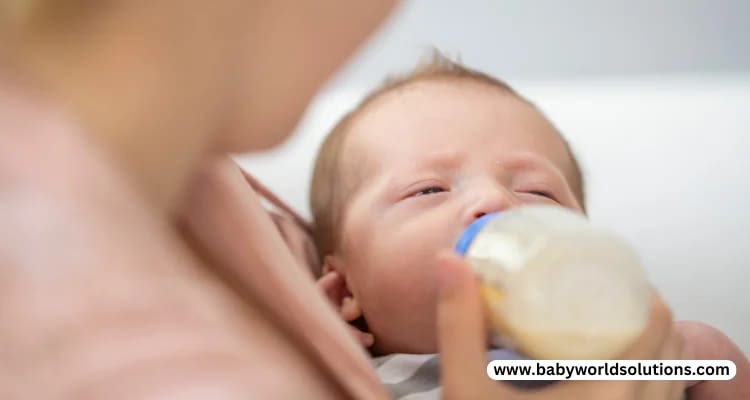
Are Dr browns bottles dishwasher safe?
Following the question of leakage, many parents also ask, “Are Dr. Brown’s bottles dishwasher safe?” The good news is, yes, these bottles are designed to be cleaned in the dishwasher. For the best results, place the bottles and their components in the top rack of your dishwasher to avoid the heat from the bottom, which could potentially warp or damage the parts.
A dishwasher basket can also help keep smaller pieces secure during the wash cycle. Remember to disassemble all bottle parts before placing them in the dishwasher to ensure a thorough cleaning. This convenience adds to the user-friendly aspect of Dr. Brown’s bottles, making cleanup after feeding times less of a hassle for busy parents.
Conclusion: Why do my dr brown bottles leak?
In conclusion, while Dr. Brown’s Bottles are loved by many for good reasons, the leaks can pose a challenge. By walking through common issues such as Dr Brown’s bottles leaking from the bottom or Dr Brown’s bottles leaking at the collar, I’ve tackled how to solve and prevent these concerns. With the proper methods, you can ensure that feeding time remains a serene and bonding experience with your baby.
Young parents, remember – patience is key. The transition to bottle-feeding isn’t always flawless, but with persistence and attention to detail, a leak-free experience isn’t a myth. By choosing the appropriate Dr. Brown’s bottle, mastering the assembly, and maintaining diligent care, you can say farewell to leaks. Your baby’s feeding journey should be joyful and nourishing; with these tips, you’re well on your way to that.
Whether it’s Dr Brown bottles leaking when feeding or a leak from the top without the vent, don’t let it dampen your bottle-feeding adventure. Each step you take towards resolving these issues is a learning curve that only enhances your adeptness as a parent.
Parents Also Ask
Can I use Dr brown bottles without the vent system?
Yes, it is possible to use the bottles without the vent system for older babies with less sensitivity to feeding problems like colic or gas. However, removing the vent system changes how the bottle works, and you might notice a difference in the feeding experience. It’s important to monitor your baby for any discomfort when making this change, as the vent system is designed to minimize air intake to help reduce potential feeding issues.
Can you put dr browns bottles in the dishwasher?
Dr. Brown’s bottles are dishwasher safe and can be placed in the dishwasher, which is a significant convenience for busy parents. For optimal cleaning and safety, putting the bottles and their components on the top rack is recommended. Doing so protects them from the intense heat that can cause warping or damage, which could emanate from the dishwasher’s bottom shelf.
1 Visit today

